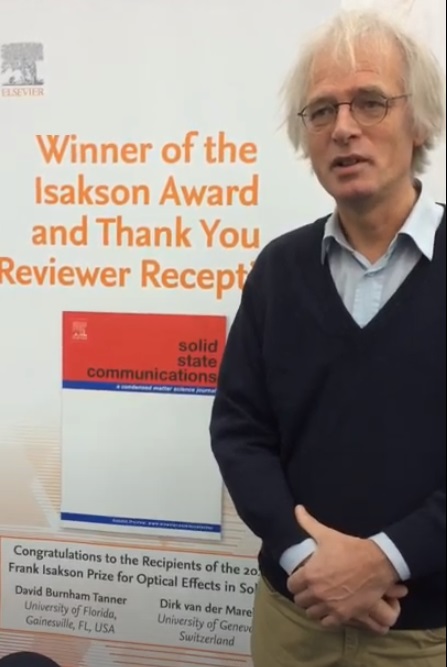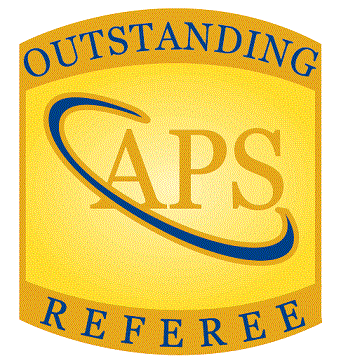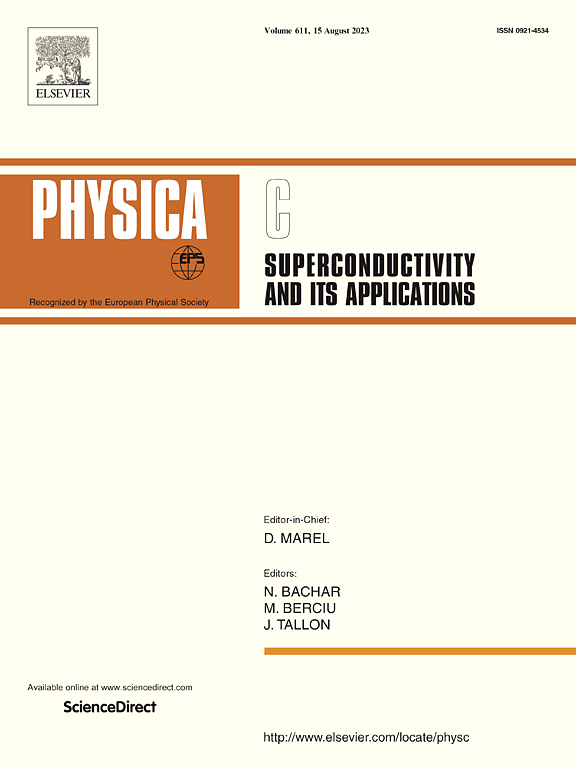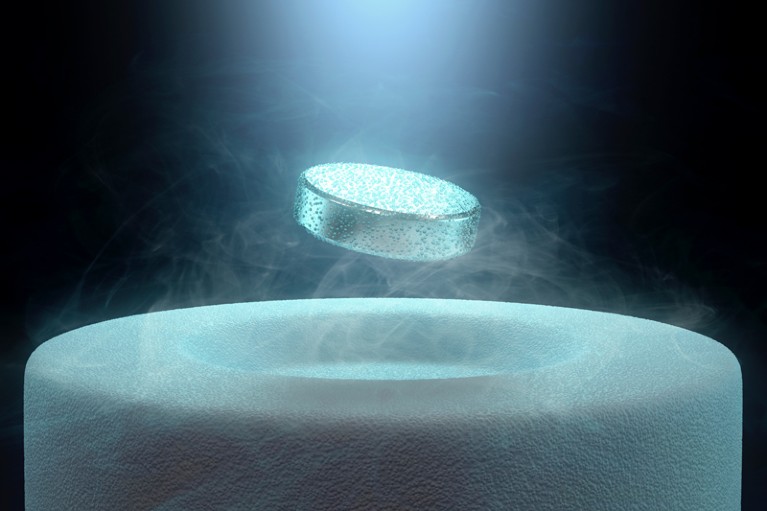 ELECO 2023 Invited Talks |
Opportunities and Challenges for Physicists and Engineers Dirk van der MAREL Emeritus Professor University of Geneva, Geneva, Switzerland E-mail: dirk.vandermarel@unige.ch Superconductivity was subsequently found in many -but not all- metallic elements, with the highest Tc in niobium at ambient pressure (9.25 K). Higher Tc's still were obtained in NbN (16 K), Nb3Sn (18 K), Nb3Ge (23 K) and MgB2 (40 K). Georg Bednorz and Alex Mueller's discovery in 1986 of superconductivity above 40 K in cuprate materials boosted a worldwide effort in materials engineering, leading to the highest known Tc at ambient pressure (135 K) in HgBa2Ca2Cu3O8+δ. The opportunities for engineering are almost endless: magnetometers, fast digital circuits, electromagnets, magnetic resonance imaging (MRI), magnetic confinement for fusion reactors, beam-steering and focusing magnets in particle accelerators, low-loss power cables, RF and microwave filters, fast fault current limiters, high sensitivity particle detectors, railgun and coilgun magnets, electric motors and generators. However, the need to cool the material to cryogenic temperatures imposes practical limitations, and it adds to the cost of operation. Ideally one wants superconducting applications to operate at room temperature. Light elements are theoretically expected to have higher Tc's than heavy elements. Furthermore high pressure increases Tc in some cases. The combination of these two ideas have motivated the search for superconductivity in pressurized hydrogen-rich compounds. In 2015 Michael Eremets and collaborators applied high pressure to H3S and obtained superconductivity below 203 K, quickly followed by reports on superconductivity in other pressurized hydrides such as LaH10 (250 K). In 2020 a publication in Nature reported room temperature superconductivity for pressurized carbonaceous sulfur hydride (CSH) with the highest Tc of 15 degrees Celsius. The evidence for superconductivity was based on resistance and magnetic susceptibility measurements. However, it was shown by Hirsch and van der Marel that the susceptibility data shown in the paper contained pathological features, and that these data could not have been obtained with the method described in the paper. Subsequent explanations of the authors about their method raised more questions than answers. As a result, the Editors of Nature retracted the paper against the will of all authors. Physics is about phenomena that can be reproduced under identical conditions. For this to be possible it is of crucial importance that scientific publications provide an accurate description of the methods of data acquisition and analysis, and of the data themselves. Furthermore, confirmation by independent research groups is crucial. This offers both challenges and opportunities to the research community. |
 Professor Dirk van der MAREL Biography - Dirk van der Marel obtained his doctorate in mathematics and natural sciences at the University of Groningen in 1985. He has held positions as scientific collaborator at Philips Eindhoven, at the University of Delft and at the Max-Planck-Institut für Festkörperforschung, in 1992 full professor at the University of Groningen, and since 2003 full professor at the University of Geneva where, in 2021, he became “professeur honoraire”. He has been Chairman of the Condensed Matter Physics Department, University of Groningen, Director of the Condensed Matter Physics Department, University of Geneva, Member of the Research Council of the Swiss National Science Foundation and President of the Physics school, University of Geneva. He is now an Emeritus Professor since August 2021 after a brilliant research career in the thematics of High-Tc superconductors, Condensed Matter Physics, and infrared spectroscopy. His scientific interests are in the collective behavior of electrons, superconductivity, magnetism, metal-insulator transitions, conductance quantization and optical phenomena related to superconductivity and magnetism. In the field of high Tc superconductivity he made pioneering contributions on transverse optical Josephson plasmons, on the experimental testing of the interlayer tunneling mechanism of pairing, on superconductivity-induced color changes, and on quantum critical scaling of the optical properties. For this work, Dirk van der Marel, emeritus professor at the Department of Quantum Matter Physics at the University of Geneva, has won the 2016 Frank Isakson Prize of the American Physical Society for Optical Effects in Solids.  He awarded as an outstanding referee for the Physical Review Journals of APS by the American Physical Society in 2018.  He has contributed to the discovery of 1D quantum conductance, transport and optical properties of transition metal oxides, heavy fermion materials and transition metal silicides, on the polaronic nature of charge carriers and on the superconducting pairing in doped SrTiO3. He is Editor-in-Chief of Journal of Physica C: Superconductivity and its Applications.  |
